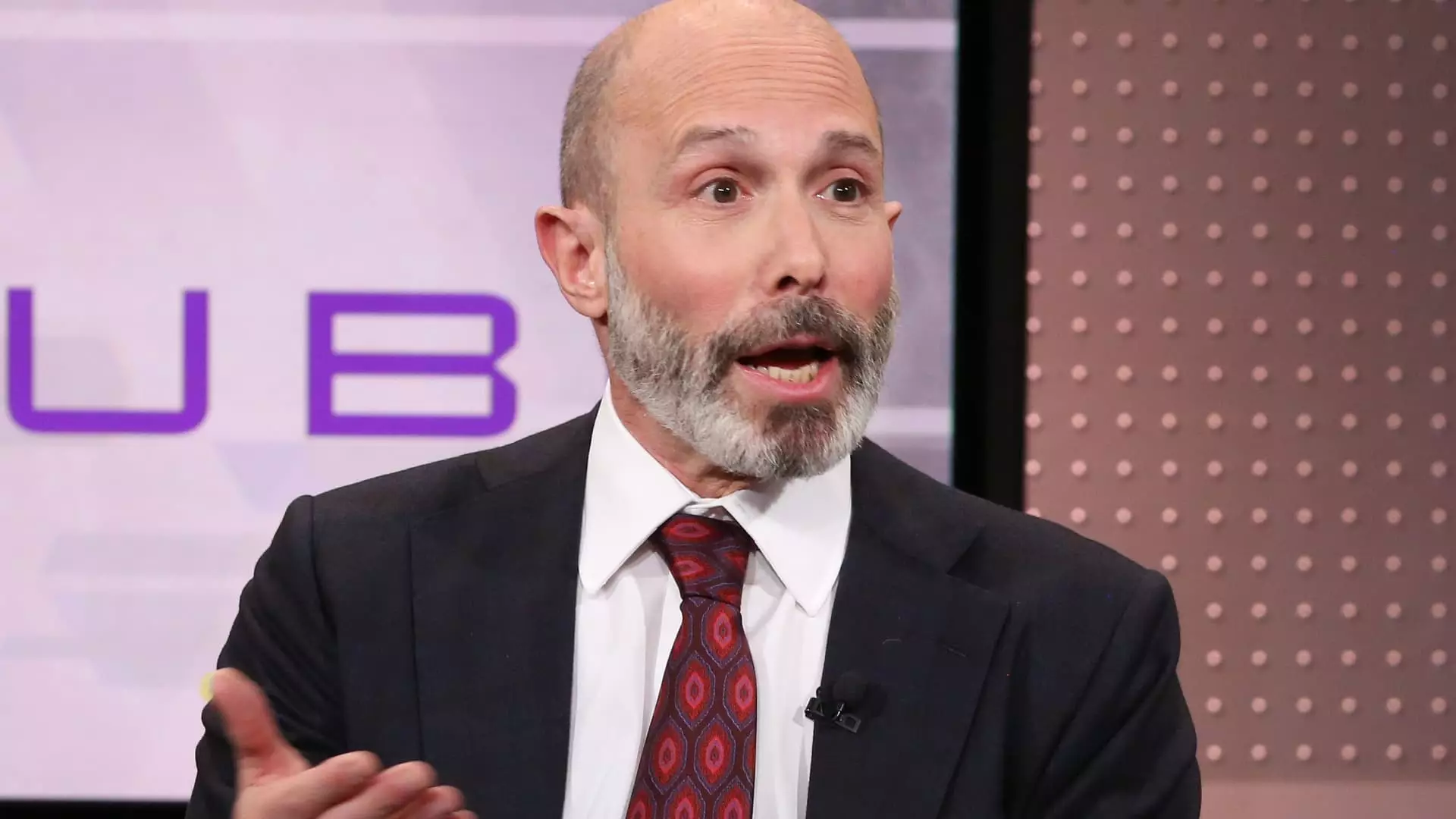The insurance landscape, particularly in volatile markets like California, poses significant challenges for firms such as Chubb. With catastrophes like wildfires wreaking havoc, the industry’s ability to offer sustainable coverage is put to the test. From managing risk to navigating regulatory hurdles, Chubb’s unique strategies and insights from their leadership offer a glimpse into their operational philosophy amid adversity.
Chubb has consistently operated on the principle that profitability must accompany risk acceptance. This is a stark contrast to many competitors in a tough market environment where rates remain artificially depressed due to regulatory constraints. Evan Greenberg, the CEO of Chubb, recently highlighted that despite the growing challenges, the company achieved remarkable financial results in 2024, claiming it to be the best year in the company’s history. The financials indicate a noteworthy rise in stock prices—up by 3% on one notable Wednesday—and an impressive 13% increase over the past year. However, this resilience was tested as insurers, including Chubb, faced the consequences of severe wildfire incidents in California, leading to increased scrutiny and challenges in risk assessment.
Greenberg elucidated that Chubb anticipates about $1.5 billion in net pretax costs due to these wildfires in the first quarter. This estimation showcases the volatile nature of the market and the very real financial impacts on insurers. In recognition of these issues, Chubb preemptively reduced its exposure to high-risk regions by 50%. This move indicates a focused strategy on risk management, where the company aligns its portfolio with a sustainable business model that emphasizes profit over sheer volume of insured clients.
The Regulatory Landscape and Its Implications
The California insurance market is exceptionally complex, not just due to natural disaster risks but also regulatory frameworks that hinder appropriate pricing strategies for insurers. Greenberg pointed out that regulations impose restraints on insurance premiums that do not accurately reflect the inherent risks associated with wildfire-prone areas. This scenario compels both individual and corporate clients to gravitate towards riskier ventures, creating an unsustainable system where costs are suppressed artificially. The California situation is symptomatic of wider industry challenges, but it is characterized by unique factors that heighten the stakes.
Insurers face a critical inflection point where the need to align premiums with actual risk cannot be overstated. Greenberg’s warnings highlight an impending crisis if the status quo remains unchallenged. As he aptly stated, “the citizens of the state paid for the price for coverage,” suggesting that poorly aligned risk management strategies will ultimately lead to higher costs borne by policyholders.
Looking ahead, Chubb seems poised to leverage its competitive advantages in the market. Greenberg’s confidence in the company’s adaptability speaks volumes about its strategic planning. He forecasted a robust growth trajectory through improved underwriting, investment returns, and substantial revenue from life insurance—all avenues crucial for resilience against market fluctuations.
Chubb’s strategic focus on the commercial middle-market lines reveals a proactive response to shifting industry dynamics influenced by climate change and litigation growth. Here, regional and mutual insurers may find themselves at a disadvantage; they often lack the robust data capabilities, capital reserves, and extensive reinsurance networks that larger players like Chubb possess. As such, this strategic positioning could allow Chubb to gain market share in segments where competitors struggle to maintain profitability.
Chubb’s performance metrics, such as a 7% rise in property and casualty underwriting income and a combined ratio of 86.6%, further indicate robust operational health. Moreover, the company’s capability to tap into the affluent customer market has driven premium growth, underscoring the strategic pivot towards higher-value clientele. Chubb’s focus on premium segments catering to high-net-worth individuals resulted in a significant 17.6% increase in premiums, evidencing the firm’s adeptness in catering to discerning consumers in challenging times.
Navigating the turbulent waters of the insurance market, particularly in areas vulnerable to unpredictable natural disasters, presents a unique set of challenges for firms like Chubb. Their strategy to prioritize sustainable returns, manage risk prudently, and adapt dynamically to regulatory environments could serve as a blueprint for enduring success. As Greenberg articulates, the landscape may be fraught with complexities; however, with an unwavering focus on operational integrity and profitability, Chubb appears well-equipped to weather the storms, both metaphorical and literal, that lie ahead in the ever-evolving insurance marketplace.

